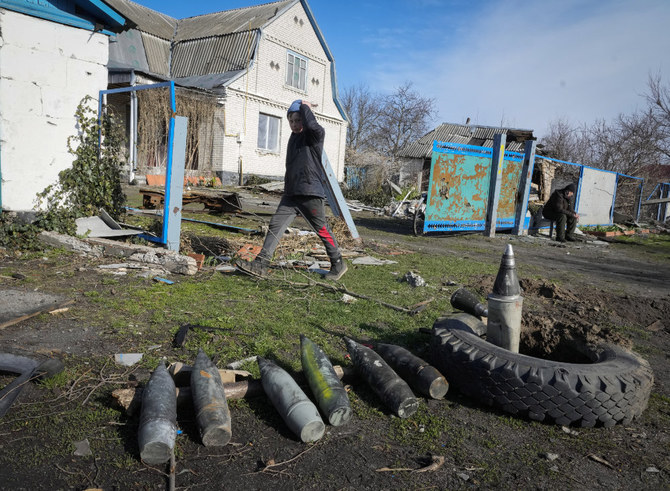
- ARAB NEWS
- 30 Apr 2024

We are coming into the data-heavy part of the month for crude output and consumption, and given the wildly diverse views about oil balances, it is worth looking closely at key parts of the equation. All supply and demand factors ultimately come together around oil storage, so we will focus on that to start.
Petroleum inventories in the Pacific and North America regions of the Organization for Economic Cooperation and Development account for 70 percent of global storage. We estimate those two regions saw a collective drawdown in this year’s first quarter of about a million barrels per day. That this drawdown is much larger than normal and in line with our forecast is not the point. What is the point is that the consensus forecast was for inventories to build.
The balance of global petroleum inventories are held in Europe. We will have an assessment of end-March levels this week, but our estimates suggest that the first quarter experienced an unseasonal drawdown on storage. Disruptions and dislocations of Russian oil supply are likely to add to the demand on stored supplies, which will pull the consensus forecast on building global inventories further out of line.
A key reason that global oil inventories were tapped this quarter is that global oil demand is running stronger than forecast. China’s oil demand has so far run at or above forecast, despite lockdowns in cities such as Shanghai. This feeds into our own estimates, which suggests that global oil use this year is running at about a million barrels a day higher than the consensus projection.
As for oil supply among non-Organization of the Petroleum Exporting Countries, there will also be a tranche of data for March out later this week. For the year-to-date, it appears non-OPEC output is running near, or slightly below, our forecast — and our figure is lower than the consensus projection.
However, a large mystery hangs over the market regarding Russian production, owing to self-imposed embargoes by some refiners and sanctions on Russia as a result of its war with Ukraine. Our sense is that the March data for production will not be a good barometer of those effects, with the April reading expected to be much more telling.
While OECD countries have agreed to sell 322 million barrels of crude oil from emergency stockpiles over the next six months — with most of this coming from the US — it remains to be seen whether those barrels will be able to cover projected shortfalls from Russia.
The International Energy Agency has forecast that Russia’s oil production will decline by three million barrels a day starting in April, with this loss perhaps persisting until the end of the year. Whether that figure proves close to the mark is unknown. A Russian oil official last week suggested April production would be down by only five percent, much smaller than the IEA’s projection of a plunge of almost 30 percent.
For the sake of discussion, should there end up being a loss of three million barrels a day from Russia, that would amount to 825 million barrels of lost supply. This is two-and-a-half times larger than the total sale of emergency inventories planned by OECD countries. The resulting upward pressure on crude oil prices would be dramatic, leading to a much tighter oil balance than we had previously forecast.
• Michael Rothman is the president and founder of Cornerstone Analytics, a US-based consultancy focusing on macro-energy research. He has nearly 40 years of experience covering the global energy markets and has been attending OPEC meetings since 1986.